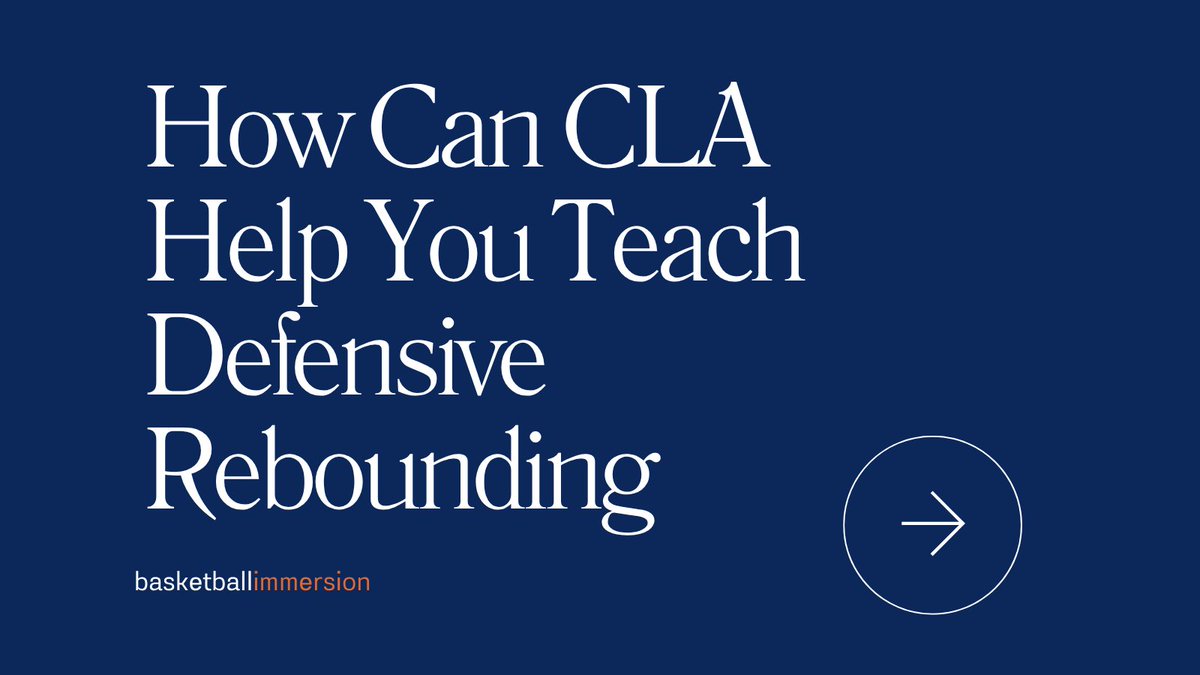Indiana Pacer assistant Mike Weinar kicks off 3 weeks of NBA coaches on #thebasketballpodcast + NCAA coach Graham Bousley shares defensive insights in the #masterclass & watch full game offensive possessions of the 2 Side Fast Break/BDT Offense on #YouTube 

ICYMI The Utah Jazz and head coach Quin Snyder had the highest offensive rating by a team in 2021-22, with a 116.7 rating, and here are our favorite plays that worked.
Watch here
Watch here
ICYMI New membership video featuring a 1-on-1 dynamic start to a game situation.
The video demonstrates how a +1 can be used, as well as how players play out of different spacings each time, thus adding more variability.
Members watch here basketballimmersion.com/1-on-1-double-…
The video demonstrates how a +1 can be used, as well as how players play out of different spacings each time, thus adding more variability.
Members watch here basketballimmersion.com/1-on-1-double-…
ICYM Get ideas on upgrading your defense.
@_MattMcLeod shares 5 tactics to help you win in the modern game in our latest #masterclass available on demand basketballimmersion.com/masterclass-wi…
Matt was a head coach in Texas & Oklahoma HS for 14 years, where he has amassed 324 total wins.
@_MattMcLeod shares 5 tactics to help you win in the modern game in our latest #masterclass available on demand basketballimmersion.com/masterclass-wi…
Matt was a head coach in Texas & Oklahoma HS for 14 years, where he has amassed 324 total wins.
ICYMI Tennessee head coach Kellie Harper joins #thebasketballpodcast to share insights on defensive concepts to build their defense.
Listen here or wherever you listen to podcasts basketballimmersion.com/the-basketball…
Listen here or wherever you listen to podcasts basketballimmersion.com/the-basketball…
• • •
Missing some Tweet in this thread? You can try to
force a refresh


















